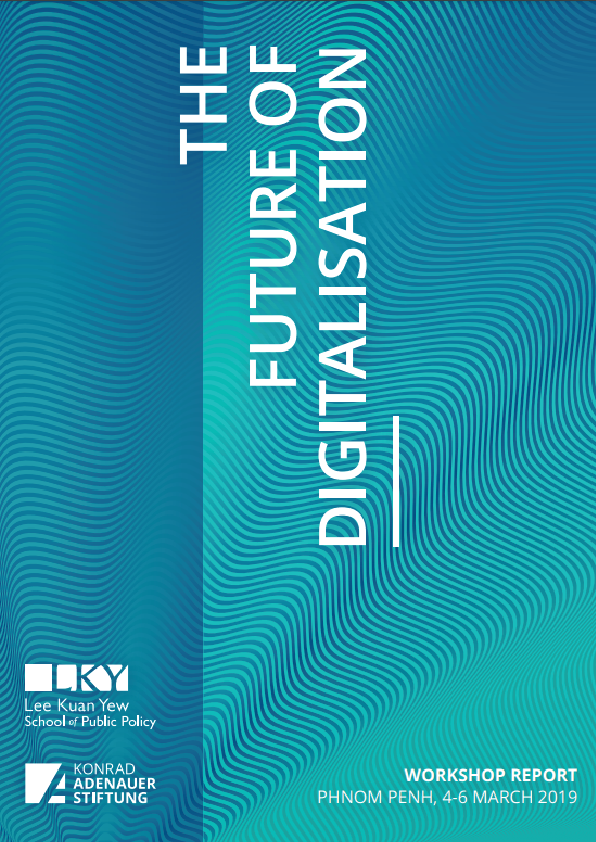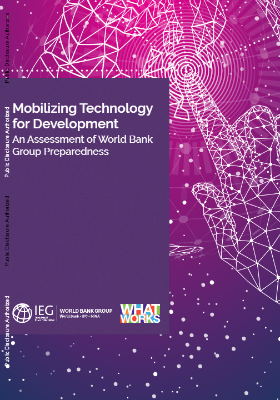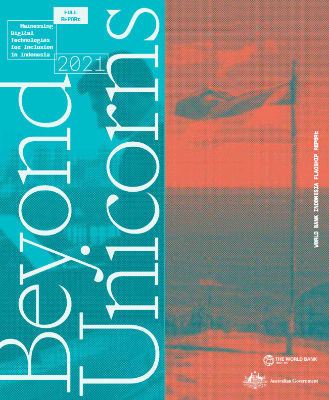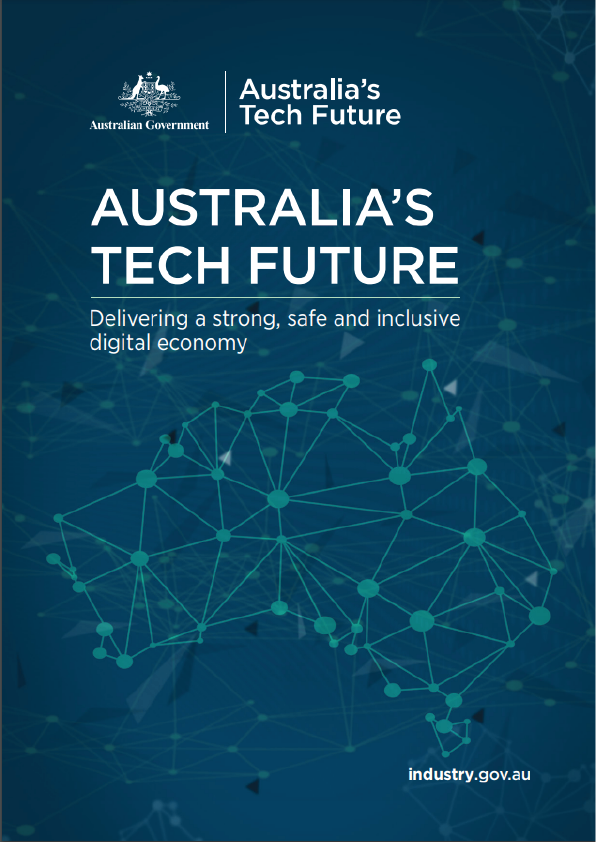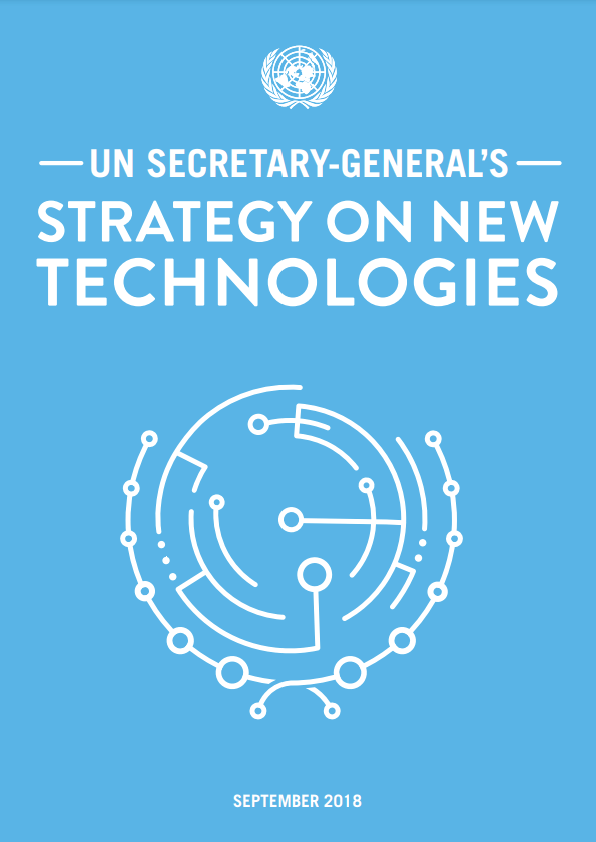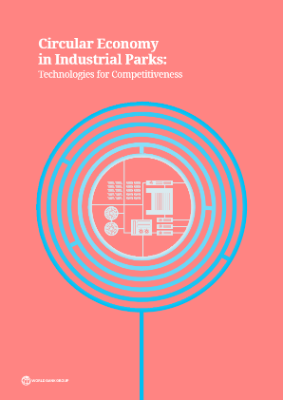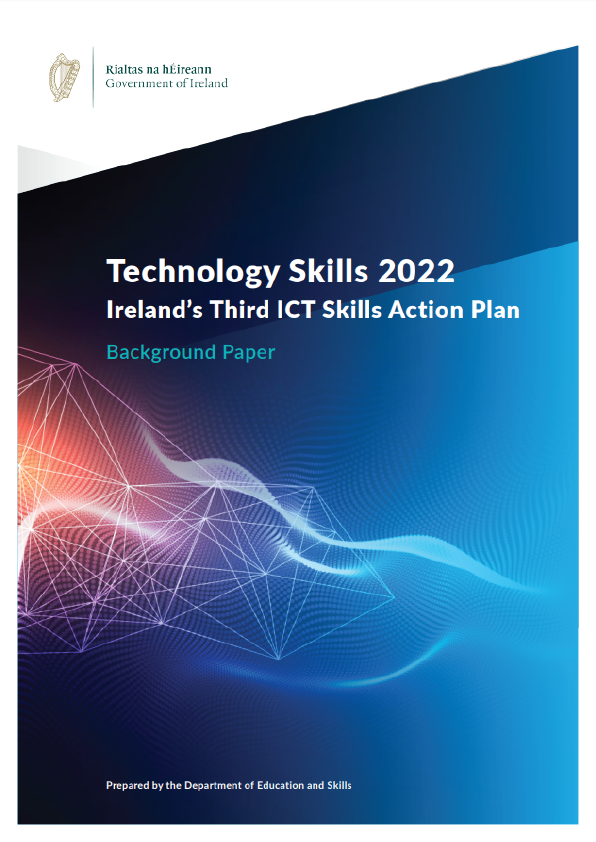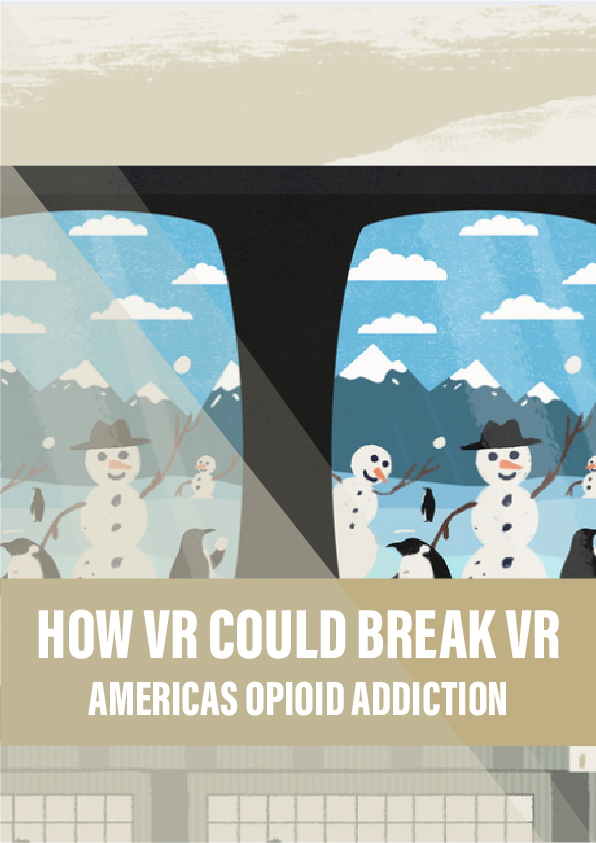WORKSHOP AND METHOD
Digitalisation is one of the most important issues of our time. Societies, economies and industries are being reshaped on a scale and speed like never before. Almost every sphere of life – work, finance, tourism, shopping, and our social relations – has been transformed. The added value of digital technologies has become self-evident. They are regarded as a key driver for ensuring future prosperity and therefore politics as well as the business world have placed digitalisation at the top of their agendas. At the same time, there are growing fears that this digital revolution wields a destructive power.
Furthermore the novel character of the challenges means that traditional institutions, be it government departments, universities or companies, often struggle to adjust. Politics has to keep pace with the dynamics of these technological developments. In this workshop, we wanted to explore the benefits and challenges of digital transformation and its implications for societies in Asia. What might the future/s of digitalisation look like? What might be different perspectives of the state and non-state actors involved in building it? How can we use digital technologies to improve the quality of life? What will be the role of policy makers, industries and citizens in this process? How can civil rights be safeguarded? Will digital technologies bring greater participation in the democratic process? Using future thinking tools and methods, the participants analysed the complexity and tensions between the different stakeholders in creating a desired future and recommended some ideas for policy makers for the future.
WORKSHOP METHODOLOGY
We used the Three Horizon Model to frame the workshop on the future/s of digitalisation. It is a tool for thinking about the future that encourages a conversation about the challenges in the present, our aspirations for the future and the kinds of innovation we might need in order to address both at the same time.
The model fosters a discussion about:
- Horizon 1 (H1): The dominant system and the challenges to its sustainability into the future, i.e. the case for change;
- Horizon 3 (H3): The desirable future state, the ideal system we desire, and of which we can identify elements in the present that give us encouragement and inspiration;
- Horizon 2 (H2): The nature of the tensions and dilemmas between H3 vision and H1 reality, and the subtle processes of change, new ways of working, new capacities, and perhaps new structures to navigate the transition between them;
The framework helps explore systemic patterns to identify which of the dominant patterns are no longer fit for purpose, how the emerging trends can shape the future, and what visionary action is needed to collectively move us towards a viable future. It draws attention to the three horizons as always existing in the present moment, and that we have evidence about the future in how people (including ourselves) are behaving now.
INTRODUCTION
The benefits of digital technologies are manifold; we live in a world with access to information, improved communication, new economic opportunities, empowerment of civil society, access to education, and greater political participation. But these benefits come with numerous challenges today. Often on a global level, government structures, the economy, or society as a whole are contested by these technologies. With these challenges in mind, a pessimistic mindset oftentimes dominates the discourse, hindering us from realising a positive and common vision for the future. This begs the following questions: What is the narrative about the future of digitalisation? Who ought to be setting this narrative? How might we get there?
Before discussing the future, we sought to understand what is broken about the world of digitalisation today. This can be clustered in six areas: industry structure, power, data collection, uneven access to digital, norms & culture as well as state capacity. There were points of disagreement in the room, especially when it came to the question of where power should reside: with the government, with the private sector, or with society? This was reflective of the varying governance contexts of the participants, and is an important observation to note.
1. INDUSTRY STRUCTURE
While the digital economy has given rise to many economic opportunities, trends, and start-up ideas, its network effects are creating monopolistic structures and have led to a dominance of platforms that scale across the globe (Google, Amazon, Facebook, and Apple for example, on the one side and Alibaba, Tencent, and Baidu on the other). This increasing concentration has an effect on incentives to innovate and invest and leads to innovation super-clusters around the few locations of these companies. There also exists a tectonic rift between the corporate apparatuses of the big tech companies and the open source and creative commons ideals of the “internet of public good”. Reversing the kind of increased concentration would take an immense commitment of political capital and bureaucratic energy.
2. POWER
The duality of the internet, as a disruptive tool to promote democracy and economic opportunities or solidifying power in the hands of few, or simultaneously both, is a complex puzzle. Some governments have implemented policies that greatly restrict the internet’s political benefits and undermine the self-organizing potential of society to pursue democratic change. Furthermore, technology has allowed some governments to use mass surveillance as an alternative to citizen engagement. Corporates are not immune from this trend— a rise of surveillance capitalism also exploits personal information for profit. With greater power residing in government and corporations, individuals have limited bargaining power and are left out of decision making, especially those on the fringe of society and thus exacerbating inequality. A further complication is that across the world there is uneven distribution of trust towards governments; some are trusted more, some not at all.
3. DATA COLLECTION: ETHICS AND CAPACITY
Data analytics help governments and businesses make informed decisions and provide opportunities for positive socio-economic change. But the scale and ease with which data can be collected and analytics can be conducted today by governments and large corporations present some concerns. The unethical collection and use of data is one such concern, especially as companies begin monetizing data externally for purposes different from that which the data was initially collected. While there is abundant data in some countries, in the Global South, however, there is a relative “data deficit”. Contributing to this is a “data gap” (data needed but it simply does not exist yet) and an “access gap” (data exists but cannot be accessed due to a lack of capacity, resources or agreements). In some countries, there is also an absence of legal, ethical, and regulatory frameworks that enable and regulate the use of data. A third challenge arises around the sharing of data. While there are numerous benefits in sharing government or scientific data, closed networks and a lack of interoperability hinder the sharing. There are also significant concerns around cybersecurity risks when data is shared.
Do you want to discover more about the topic? You can read through the book above.
